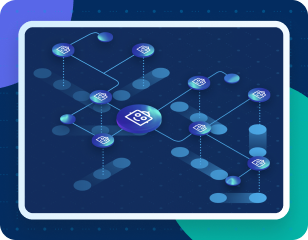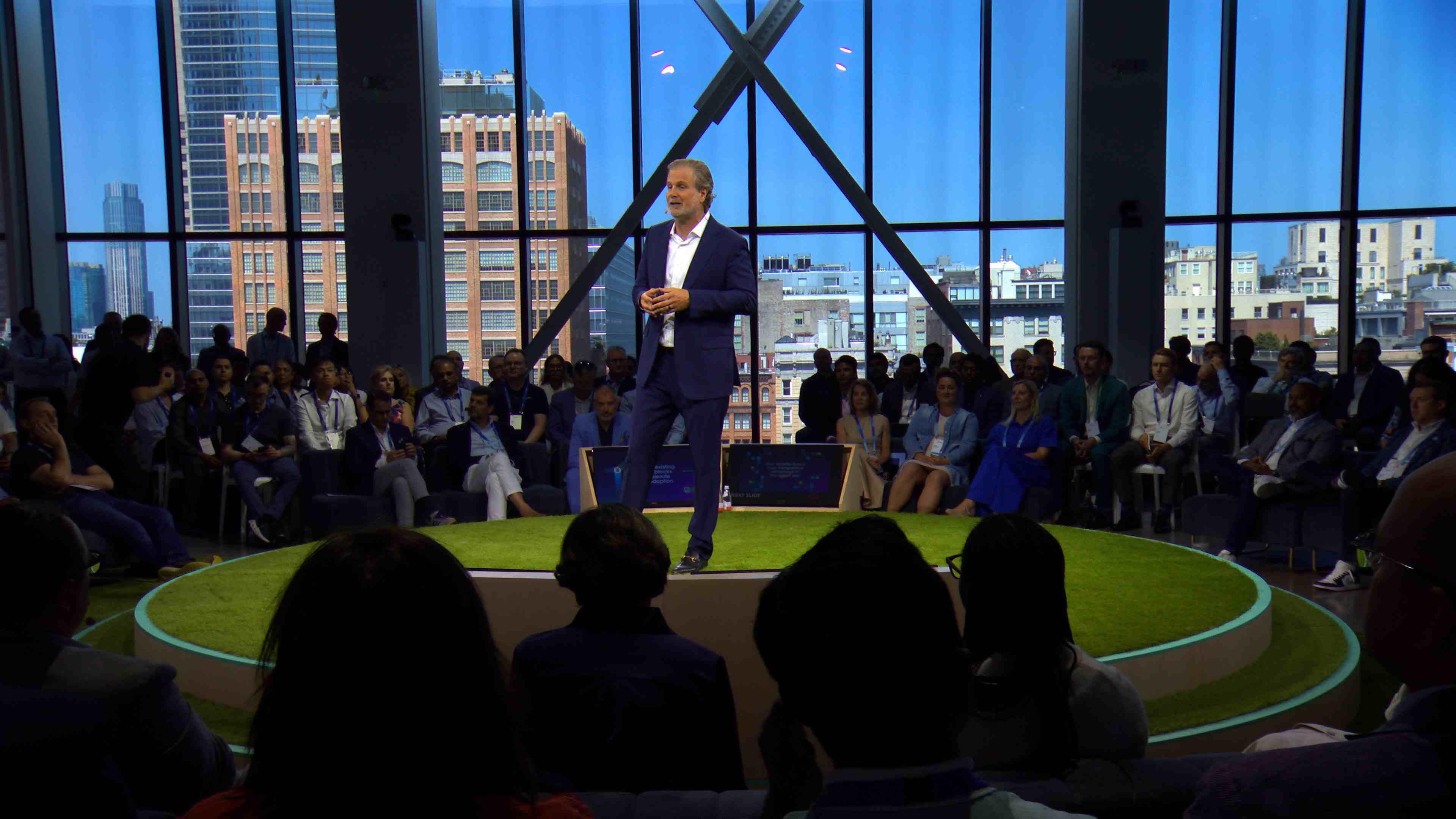As AI continues to reshape how we build, scale, and use software, we’re witnessing the emergence of new architectural patterns designed specifically for the age of large language models (LLMs) and autonomous agents. One of the most promising developments in this space is the Model Context Protocol (MCP), a standardized approach to how AI systems interface with tools, services, and APIs in a structured, language-aware way.
Understanding the distinction: LLMs vs. agents
Before diving into MCP, it’s important to clarify a fundamental distinction in the AI ecosystem, the difference between LLMs and AI agents.
Large language models (LLMs) are powerful systems trained on vast datasets that can understand and generate human language. But on their own, LLMs have no inherent capabilities to interact with external systems or perform actions in the world. They’re essentially sophisticated text processors; incredibly capable ones, but limited to the realm of text.
Agents are systems built on top of LLMs that have been equipped with access to tools and external services. These tools allow agents to perform actions like sending emails, booking tickets, searching databases, or interacting with any number of external systems. The agent orchestrates these tools based on the underlying LLM’s reasoning capabilities.
The current integration challenge
Today’s enterprises face a significant challenge when building AI agents that need to interact with multiple systems. Each integration requires:
- Custom code written specifically for each tool or API
- Wrappers that translate between the LLM’s reasoning and the API’s requirements
- Ongoing maintenance as APIs evolve or change
- Complex error handling across different systems
This approach quickly becomes unsustainable as the number of integrations grows. An enterprise-grade AI assistant might need access to hundreds of internal and external tools, imagine maintaining custom integration code for each one! When any of these services updates their API, you’d need to update your integration code accordingly, creating a massive maintenance burden.
The need for a new approach
LLMs have unique requirements when it comes to working with APIs:
- Natural language context: Unlike traditional programs, LLMs benefit from rich, descriptive information about API functionalities.
- Standardized interface: While LLMs can theoretically understand various API specifications, having a consistent interaction pattern improves reliability.
- Safety guardrails: Open-ended API access can lead to unexpected behaviors. LLMs need structured ways to interact with systems that maintain appropriate boundaries.
- Discoverable capabilities: For LLMs to effectively utilize available tools, they need mechanisms to discover what’s available and how to use them.
Current API protocols weren’t designed with these needs in mind. While standards like OpenAPI provide machine-language specifications, they lack the natural-language context and metadata required for LLMs. Current protocols also don’t standardize the semantic meaning of APIs. For example, one API’s “book” might create a hold, while another API might charge immediately. Additionally, while many APIs are technically public, they require authentication, business partnerships, or payment agreements that agents can’t autonomously establish.
How is MCP resolving the agent integration problem?
MCP addresses these challenges by establishing a standardized communication layer between LLMs and the tools they need to access. Think of MCP as a USB-C port for AI applications; it acts as a universal connector that provides the following:
- Natural language context: MCP requires APIs to include rich, descriptive metadata that LLMs can understand. MCP-compatible tools need to provide human-readable descriptions of what each function does, when to use it, and what the expected outcomes are.
- Standardized semantics: MCP creates consistent behavior patterns across similar functions. When multiple tools in the MCP ecosystem offer a “book” function, they all follow the same semantic rules – so LLMs know exactly what to expect regardless of which specific API they’re calling.
- Unified access control: MCP servers act as intermediaries that handle authentication and authorization. Instead of agents needing to establish individual relationships with each API provider, agents authenticate once with the MCP server, which then manages access to all the underlying tools and services on behalf of the agent.
- Standardized discovery: MCP provides a consistent way for LLMs to discover what tools are available and how to use them, eliminating the need to parse different documentation formats or guess at API capabilities.
How does MCP work?
MCP defines a clear architecture for AI system integration:
- Host: The application environment where user interactions originate (could be a code editor like Cursor, a dedicated AI assistant, or any application embedding LLM capabilities)
- Client: The component that orchestrates the interaction between the LLM and the available tools
- Server: The component that manages available tools and handles their execution
- Tools/services: The actual capabilities that perform specific functions (database queries, API calls, etc.)
The interaction flow typically follows this pattern:
- A user submits a query or request to the MCP Host
- The MCP Client communicates with MCP Servers to discover available tools
- The Client sends the user’s query and available tools information to the LLM
- The LLM determines which tool(s) would best address the user’s need
- The MCP Client executes the selected tool via the appropriate MCP Server
- Results are returned to the LLM which processes them
- The LLM formulated output is shared back to the user
MCP vs. traditional API protocols
While traditional service-oriented architecture (SOA) protocols like REST, SOAP, and GraphQL have served us well for decades, they address fundamentally different needs:
| Protocol category | Primary purpose | Designed for | Key characteristics |
| Traditional SOA (REST, SOAP, etc.) | Machine-to-machine communication | Human developers writing code | Structured, stateless, focus on data transfer |
| MCP | AI-to-tool communication | LLMs interacting with tools | Natural language metadata, standardized interaction patterns, bidirectional context |
Traditional protocols remain essential as the execution layer of our systems. MCP doesn’t replace them, it creates a new standard for AI systems to discover and utilize them.
Next steps for an agent-first future
Whether you’re building a SaaS product or managing enterprise systems with any sort of integration needs, here’s how to prepare for the MCP-enabled future:
- Build and maintain high-quality APIs: They remain the fundamental execution layer of your systems
- Design for machine consumption: Ensure your APIs have structured schemas (OpenAPI, GraphQL introspection, etc.) with rich metadata
- Prioritize documentation accessibility: Make your documentation public and machine-readable to enable MCP-style access
- Think “agent-first”: Even if you’re not building agents directly, others will want to connect to your systems via agents
- Evaluate tools for MCP adoption: Consider solutions like MuleSoft’s MCP Support to accelerate your Agent integration strategy
MuleSoft has long offered security and governance for traditional API ecosystems, we are now extending this expertise to the world of AI agents through their MCP implementation. MuleSoft’s implementation of MCP is designed for flexibility, speed, and scale while addressing safety, visibility, and control.
With just a few clicks, organizations can:
- Expose any MuleSoft-managed API or integration as an MCP server
- Enable agents to discover and invoke enterprise actions through a standardized protocol
- Eliminate the need for writing custom agent-specific code to bring in critical business data
The integration challenge: Solved
Model Context Protocol represents a pivotal advancement in solving the AI integration challenge for enterprises. By providing a standardized way for LLMs to discover and interact with tools and services, MCP creates the foundation for more capable, maintainable, and secure AI agents that can seamlessly operate within organizational boundaries.
As AI adoption accelerates across industries, the need for structured, governed approaches to integration becomes not just beneficial but essential. MuleSoft embraces MCP while providing the crucial governance tools necessary to protect confidential enterprise data in this new landscape. With the rise of autonomous agents, API Management faces unprecedented challenges, MuleSoft’s implementation ensures your critical systems remain protected while becoming more accessible to AI capabilities.
The next evolution of enterprise software isn’t simply about deploying powerful AI models but about intelligently connecting those models to existing systems through secure, sustainable, and governed pathways. MCP provides this architectural blueprint, with MuleSoft delivering the enterprise-grade implementation. Organizations that move quickly to adopt this approach will gain significant competitive advantages in efficiency, innovation, and security as the AI revolution transforms business operations.









